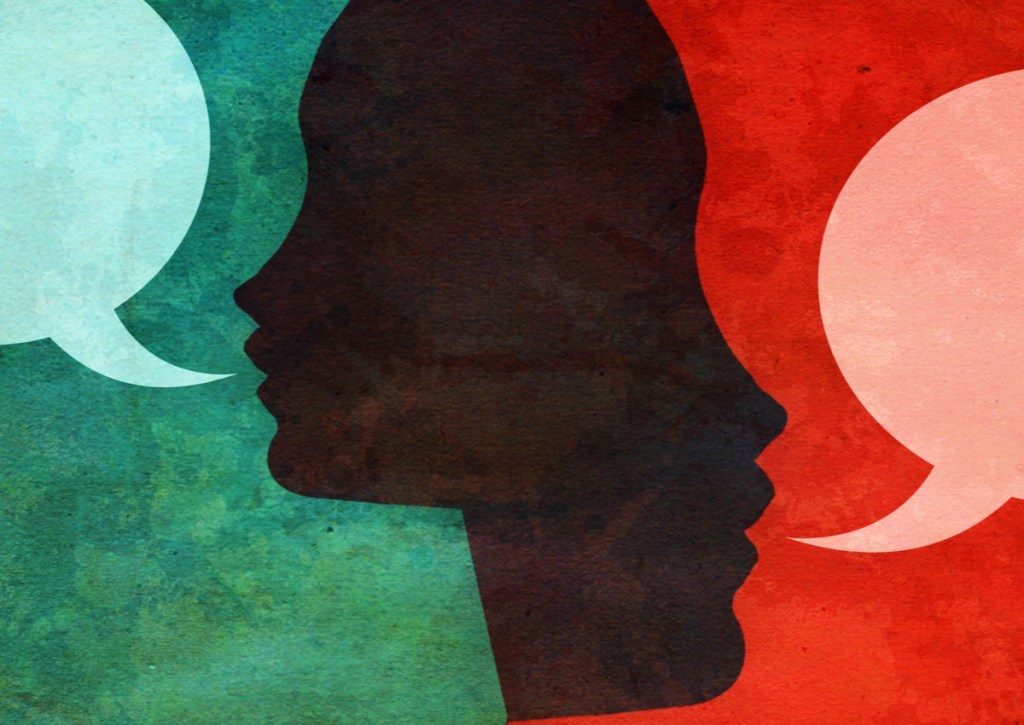Building voice AI that listens to everyone: Transfer learning and synthetic speech in action


Want smarter insights in your inbox? Sign up for our weekly newsletters to get only what matters to enterprise AI, data, and security leaders. Subscribe Now
Have you ever thought about what it is like to use a voice assistant when your own voice does not match what the system expects? AI is not just reshaping how we hear the world; it is transforming who gets to be heard. In the age of conversational AI, accessibility has become a crucial benchmark for innovation. Voice assistants, transcription tools and audio-enabled interfaces are everywhere. One downside is that for millions of people with speech disabilities, these systems can often fall short.
As someone who has worked extensively on speech and voice interfaces across automotive, consumer and mobile platforms, I have seen the promise of AI in enhancing how we communicate. In my experience leading development of hands-free calling, beamforming arrays and wake-word systems, I have often asked: What happens when a user’s voice falls outside the model’s comfort zone? That question has pushed me to think about inclusion not just as a feature but a responsibility.
In this article, we will explore a new frontier: AI that can not only enhance voice clarity and performance, but fundamentally enable conversation for those who have been left behind by traditional voice technology.
Rethinking conversational AI for accessibility
To better understand how inclusive AI speech systems work, let us consider a high-level architecture that begins with nonstandard speech data and leverages transfer learning to fine-tune models. These models are designed specifically for atypical speech patterns, producing both recognized text and even synthetic voice outputs tailored for the user.
Standard speech recognition systems struggle when faced with atypical speech patterns. Whether due to cerebral palsy, ALS, stuttering or vocal trauma, people with speech impairments are often misheard or ignored by current systems. But deep learning is helping change that. By training models on nonstandard speech data and applying transfer learning techniques, conversational AI systems can begin to understand a wider range of voices.
Beyond recognition, generative AI is now being used to create synthetic voices based on small samples from users with speech disabilities. This allows users to train their own voice avatar, enabling more natural communication in digital spaces and preserving personal vocal identity.
There are even platforms being developed where individuals can contribute their speech patterns, helping to expand public datasets and improve future inclusivity. These crowdsourced datasets could become critical assets for making AI systems truly universal.
Assistive features in action
Real-time assistive voice augmentation systems follow a layered flow. Starting with speech input that may be disfluent or delayed, AI modules apply enhancement techniques, emotional inference and contextual modulation before producing clear, expressive synthetic speech. These systems help users speak not only intelligibly but meaningfully.

Have you ever imagined what it would feel like to speak fluidly with assistance from AI, even if your speech is impaired? Real-time voice augmentation is one such feature making strides. By enhancing articulation, filling in pauses or smoothing out disfluencies, AI acts like a co-pilot in conversation, helping users maintain control while improving intelligibility. For individuals using text-to-speech interfaces, conversational AI can now offer dynamic responses, sentiment-based phrasing, and prosody that matches user intent, bringing personality back to computer-mediated communication.
Another promising area is predictive language modeling. Systems can learn a user’s unique phrasing or vocabulary tendencies, improve predictive text and speed up interaction. Paired with accessible interfaces such as eye-tracking keyboards or sip-and-puff controls, these models create a responsive and fluent conversation flow.
Some developers are even integrating facial expression analysis to add more contextual understanding when speech is difficult. By combining multimodal input streams, AI systems can create a more nuanced and effective response pattern tailored to each individual’s mode of communication.
A personal glimpse: Voice beyond acoustics
I once helped evaluate a prototype that synthesized speech from residual vocalizations of a user with late-stage ALS. Despite limited physical ability, the system adapted to her breathy phonations and reconstructed full-sentence speech with tone and emotion. Seeing her light up when she heard her “voice” speak again was a humbling reminder: AI is not just about performance metrics. It is about human dignity.
I have worked on systems where emotional nuance was the last challenge to overcome. For people who rely on assistive technologies, being understood is important, but feeling understood is transformational. Conversational AI that adapts to emotions can help make this leap.
Implications for builders of conversational AI
For those designing the next generation of virtual assistants and voice-first platforms, accessibility should be built-in, not bolted on. This means collecting diverse training data, supporting non-verbal inputs, and using federated learning to preserve privacy while continuously improving models. It also means investing in low-latency edge processing, so users do not face delays that disrupt the natural rhythm of dialogue.
Enterprises adopting AI-powered interfaces must consider not only usability, but inclusion. Supporting users with disabilities is not just ethical, it is a market opportunity. According to the World Health Organization, more than 1 billion people live with some form of disability. Accessible AI benefits everyone, from aging populations to multilingual users to those temporarily impaired.
Additionally, there is a growing interest in explainable AI tools that help users understand how their input is processed. Transparency can build trust, especially among users with disabilities who rely on AI as a communication bridge.
Looking forward
The promise of conversational AI is not just to understand speech, it is to understand people. For too long, voice technology has worked best for those who speak clearly, quickly and within a narrow acoustic range. With AI, we have the tools to build systems that listen more broadly and respond more compassionately.
If we want the future of conversation to be truly intelligent, it must also be inclusive. And that starts with every voice in mind.
Harshal Shah is a voice technology specialist passionate about bridging human expression and machine understanding through inclusive voice solutions.
The post Building voice AI that listens to everyone: Transfer learning and synthetic speech in action appeared first on Tokention.













